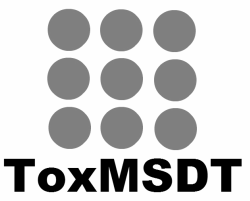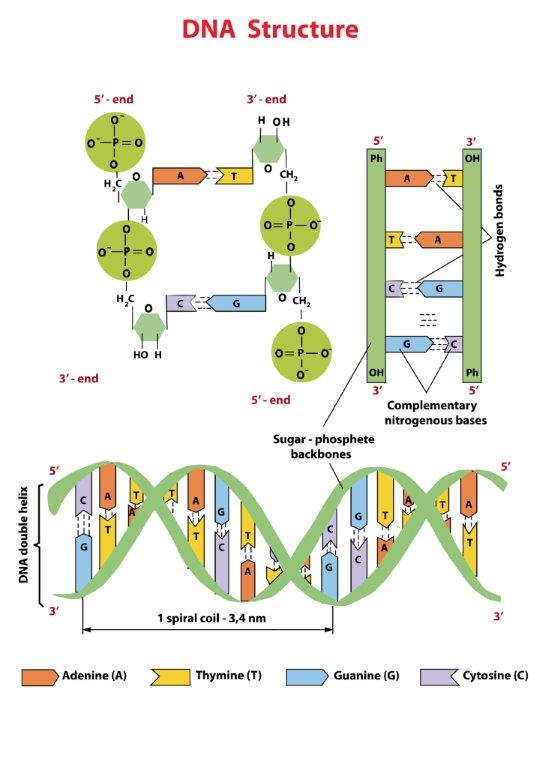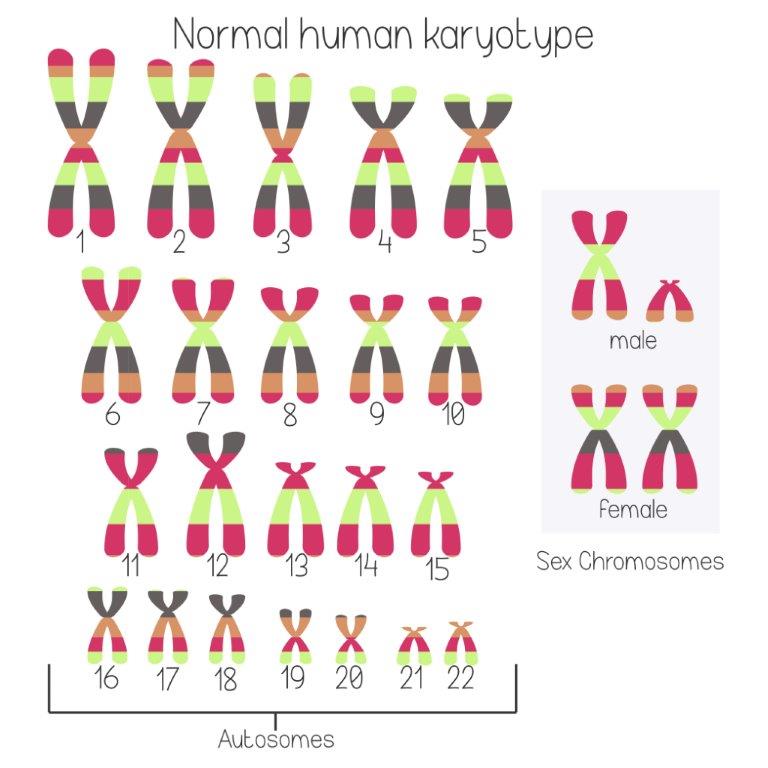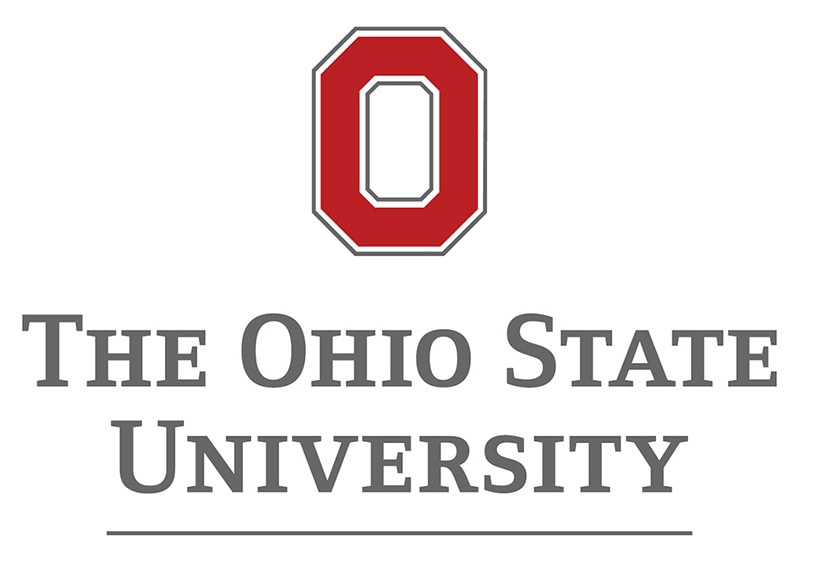Subtopic 1.5: DNA
|
DNA stands for deoxyribonucleic acid. DNA is an extremely long molecule that forms a double-helix. DNA components:
The DNA consists of two strands attached to each other by hydrogen bond created by nucleotide pairing (A-T and C-G). The double-helix structure of DNA is important for its function because these two bonded strands can temporarily separate to allow for DNA replication. The sequences of nucleotides (A, C, T, G) in the DNA molecule will make up the genes and, subsequently, proteins are referred to as “expressed sequences” or “exons.” Sequences that do not code for a protein are called “intervening sequences” or “introns.” |
|
Human Genome The genome of humans is estimated to contain approximately 20,000–25,000 different genes arranged on multiple chromosomes. Twenty three pairs of chromosomes: Twenty two pairs (autosomes). One pair (sex chromosome) (xx) (female) or (xy) (male). Humans have 23 pairs of chromosome in every cell (except mature red blood cells); Gametes or sex cells (sperm and eggs) have half the normal complement of chromosomes. |






